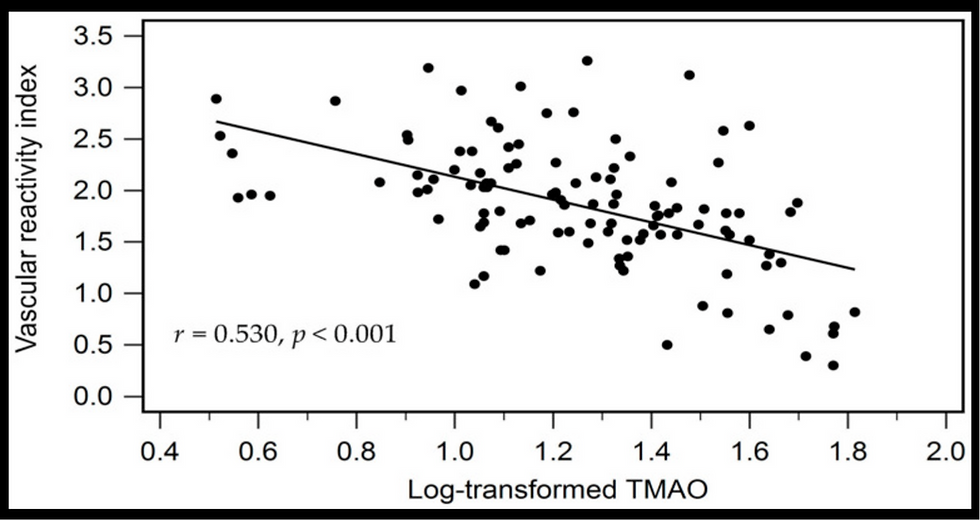Endothelial dysfunction in COVID-19: Current findings and therapeutic implications
- heartlung
- Jan 16, 2023
- 3 min read
Updated: Jan 18, 2023
Atherosclerosis 2020 Oct 14;314:58-62.
Endothelial dysfunction in COVID-19: Current findings and therapeutic implications
Matthias P Nägele 1, Bernhard Haubner 1, Felix C Tanner 1, Frank Ruschitzka 1, Andreas J Flammer 2
Affiliations
· 1 Department of Cardiology, University Heart Center Zurich, University Hospital Zurich, Zurich, Switzerland.
· 2 Department of Cardiology, University Heart Center Zurich, University Hospital Zurich, Zurich, Switzerland. Electronic address: andreas.flammer@usz.ch.
Abstract
Coronavirus disease 2019 (COVID-19) increases the risk of several non-pulmonary complications such as acute myocardial injury, renal failure or thromboembolic events. A possible unifying explanation for these phenomena may be the presence of profound endothelial dysfunction and injury. This review provides an overview on the association of endothelial dysfunction with COVID-19 and its therapeutic implications. Endothelial dysfunction is a common feature of the key comorbidities that increase risk for severe COVID-19 such as hypertension, obesity, diabetes mellitus, coronary artery disease or heart failure. Preliminary studies indicate that vascular endothelial cells can be infected by severe acute respiratory syndrome coronavirus 2 (SARS-CoV-2), and evidence of widespread endothelial injury and inflammation is found in advanced cases of COVID-19. Prior evidence has established the crucial role of endothelial cells in maintaining and regulating vascular homeostasis and blood coagulation. Aggravation of endothelial dysfunction in COVID-19 may therefore impair organ perfusion and cause a procoagulatory state resulting in both macro- and microvascular thrombotic events. Angiotensin-converting enzyme (ACE) inhibitors, angiotensin receptor blockers (ARBs) and statins are known to improve endothelial dysfunction. Data from smaller observational studies and other viral infections suggests a possible beneficial effect in COVID-19. Other treatments that are currently under investigation for COVID-19 may also act by improving endothelial dysfunction in patients. Focusing therapies on preventing and improving endothelial dysfunction could improve outcomes in COVID-19. Several clinical trials are currently underway to explore this concept.
Keywords: COVID-19; Coronavirus; Endothelial dysfunction; Renin angiotensin system; SARS-CoV2; Statin.
Fig. 1 SARS-CoV-2 Induced Endothelial Injury Legend: A schematic of SARS-CoV-2 infection and proposed resulting endothelial injury, involving immune activation, pro-thrombotic milieu, and RAAS dysregulation. These insults interact with each other to cause end-organ dysfunction that is manifest in many COVID-19 patients. TMPRSS2 = Transmembrane protease serine 2; ADAM17 = A disintegrin and metalloproteinase 17; TNF = Tumor necrosis factor; TNFr = Tumor necrosis factor receptor; TLR = toll-like receptor; DAMPs = Damage-associated molecular patterns; PAMPs = Pathogen-associated molecular patterns; PAI-1 = plasminogen activator inhibitor-1; vWF = von Willebrand factor; eNOS = endothelial nitric oxide; tPA = tissue plasminogen activator; AT1R = angiotensin 1 receptor; ARDS = acute respiratory distress syndrome Created with BioRender.com.

SARS-CoV-2 could aggravate endothelial dysfunction and lead to systemic complications by several mechanisms. (1) The inflammatory reaction in COVID-19 can activate the renin angiotensin system (RAS) either directly via increasing angiotensin I (Ang I), or indirectly by reducing the surface expression of angiotensin-converting enzyme 2 (ACE2). ACE2 is responsible for the hydrolysis of Ang II into the vasodilator Ang (1-7), which opposes the actions of Ang II thereby counterbalancing RAS activation. (2) Activation of the angiotensin II type 1 receptor (AT1R), along with direct infection of endothelial cells by the virus, (3) increases reactive oxygen species (ROS) and activates nuclear factor kappa B (NF-kB), which inactivates nitric oxide (NO) to peroxynitrite and reduces its production by uncoupling endothelial NO synthase (eNOS). (4) Activation of several cytokine receptors (e.g. tumor necrosis factor alpha receptor, interleukin 6 receptor) can directly or indirectly impair endothelial function. Endothelial dysfunction in turn impairs organ perfusion by disrupting the balance between vasoconstriction and dilatation, increases inflammation and leads to a pro-thrombotic state in both larger and smaller vessels, such as by increasing tissue factor and favoring platelet activation. This vicious cycle may be amendable by treatments targeting different steps of the cascade, such as ACE inhibitors, angiotensin receptor blockers (ARBs), cytokine inhibitors (e.g. interleukin 6 receptor antibodies) or statins. Statins may be helpful by reducing oxidized LDL levels and NADPH oxidase activity, which decrease reactive oxygen species (ROS), directly or indirectly affecting the transcription of NF-kB or by improving coupling of eNOS. Measures to prevent and treat important comorbidities could also be helpful along with selected supplements such as antioxidants.
![Lipoprotein(a) levels predict endothelial dysfunction in maintenance hemodialysis patients: evidence from [VENDYS] vascular reactivity index assessment](https://static.wixstatic.com/media/dac531_5285607cc591409a9d83746f042af7c6~mv2.png/v1/fill/w_980,h_980,al_c,q_90,usm_0.66_1.00_0.01,enc_avif,quality_auto/dac531_5285607cc591409a9d83746f042af7c6~mv2.png)


Comments